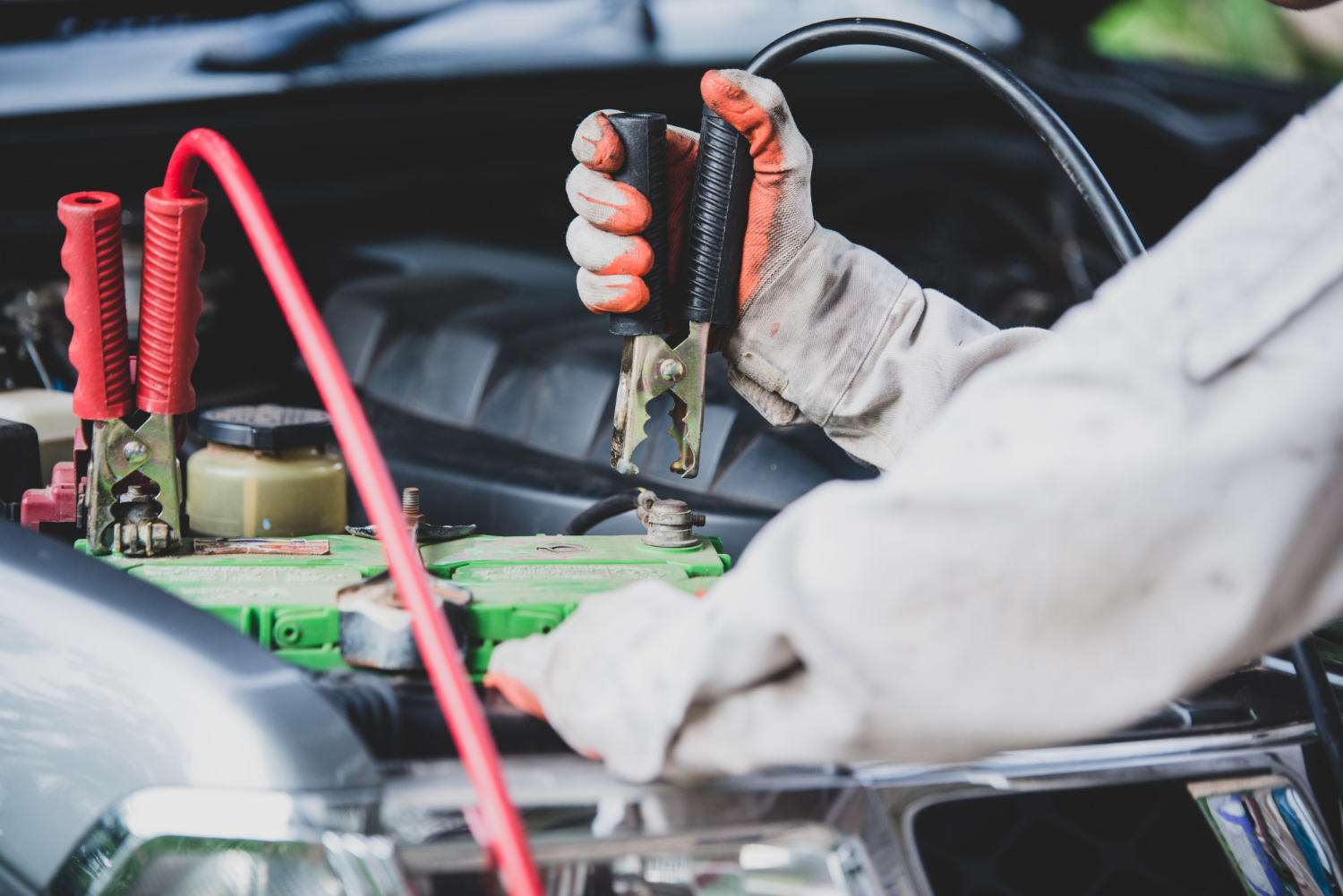
Historically speaking, a mining rig would be an ASIC (application-specific integrated circuit) or GPU rig tuned solely for proof-of-work (PoW) hashing. The objective: optimize hashrate, minimize watts per terahash, and obtain the lowest cost of electricity to turn a profit. But times have evolved.
First, newer mining equipment is embracing more efficient designs and other methods of cooling. As an example, one news report covering ASIC units projected later in 2025 features units in the “500 TH/s” category with liquid cooling and massive power draw. TechRadar What this suggests is that mining gear is being developed, getting industrialized, not so much hobbyist.
Second, we notice a broader shift: mining hardware is no longer just hashing for crypto. Big mining operations are converting their infrastructure—power, racks, cooling, connectivity—to be utilized for things other than crypto mining. A news article described how many of the companies engaging in Bitcoin mining are shifting towards AI-training workloads and high-performance computing using the same hardware built out for mining. TIM
Third, on the conceptual side, research is exploring what I’ll call “next-generation mining machines” for different consensus mechanisms. One paper proposes a blockchain where mining requires a quantum computer (proof-of-quantum‐work) rather than classical ASICs. arXiv This hints that the “mining machine” of the future might look entirely unlike the rigs of 2018.
So when I refer to “mining machine” in this post, I don’t solely refer to the equipment in the closet, but to the infrastructure, the business model, the ecosystem that it exists within—and how that ecosystem is changing.
Why this matters – profit, sustainability, entry
For crypto miners (big or small), these changes matter on various levels.
Profitability and longevity
Equipment to mine is expensive: hardware cost, electricity cost, cooling cost, maintenance cost. Under a more competitive mining landscape (especially for big tokens like Bitcoin) and as the block rewards diminish through halving occurrences, the margins get thinner. A better machine or a machine that can be reconfigured for non-crypto workloads has more durability. The machine is not anymore a one-trick rig, but a part of a bigger compute asset.
Sustainability and energy
Crypto mining has been under criticism for decades in terms of enormous energy consumption and cost to the environment. Through the design of mining hardware that utilizes liquid cooling or with more efficient hardware, or through diverting infrastructure into AI/computing workloads when not in use, the industry can reduce waste and spur utilisation. The envisioning of a mining machine dissolves into a compute-centre machine. The shift of mining businesses to AI data centres is an example of dual use. TIME+1
Entry and access
For the hobby miners or small miners, having a huge ASIC rack in a storage facility is unthinkable. But if hardware for mining is more flexible in workloads, or if hosting or leasing facilities (hosting, cloud mining, mining-as-a-service) happen, entry is facilitated. The definition of “mining machine” widens to encompass remote or hosted machines rather than having one outright.
Key trends characterizing the new mining machine
Let us observe some of the major advancements behind the transformation of the mining machine.
Liquid cooling and high-density rigs
Top-tier mining devices are turning towards liquid cooling to deal with the heat generation and maintain the system efficient at high hashrates. Effective cooling means higher density, more machines per square unit, which further means the mining machine is less of a fluff desktop box and more of an industrial appliance.
Dual-purpose compute / hybrid infrastructure
Mining hardware and its data centers are being reused increasingly. AI training, neural network compute, high-performance compute, or cloud hosting utilizes data centers originally used for mining when profitability of mining is low. This means that mining hardware is part of an extended compute pool.
Alternate consensus / proof-of-useful-work
Some research makes proposals for mining machines for anything other than hash calculation. For example, the “proof-of-quantum-work” concept is that future mining machines will be quantum accelerators. Another research suggests “proof-of-useful-work” wherein mining performs computecycles to train machine learning models rather than wastefully hashing. While still on the drawing board, these suggest that the mining machine of the future will look much different.
Hosting and leasing models
Rather than buying and running machines themselves, consumers now tend to rent machines or participate in hosted mining. The mining machine is a service asset rather than being bought directly. Companies offer cloud mining, ASIC hosting, and remote management. This changes the entry barrier and shifts the user’s role away from hardware management and toward contract administration.
Global power & regulatory dynamics
Mining equipment is very sensitive to power costs and regulation. Cheap power regions (hydro, geothermal) bring in big farms. But regulatory shifts (e.g., prohibitions on mining in areas because of strain on the power grid) can have a huge impact on the profitability of equipment in some places. Reuters+1 What this implies for you if you’re thinking about a mining machine
If you are looking at purchasing or hosting a mining machine, or just curious about mining hardware, these are some practical things to consider:
Evaluate flexibility. Choose hardware or services where there is the ability to shift usage (e.g., host in a facility that also can be repurposed to non-crypto compute). If your machine is not running when profitability drops, you are wasting money. A machine that can do more than hash is more resilient.
Power cost is the monarch. Regardless of hashrate, your power cost determines profitability above raw speed. You may have more performance per watt on high-density or liquid-cooled rigs, but still require industrial-grade power infrastructure.
Think about scale and infrastructure. One small machine in a home may be fun, but to compete you’ll likely need many machines, cooling, power delivery, and network connectivity. At that scale, you’re essentially running a mini data-centre.
Location and regulation matter. Some regions may impose bans, taxes, or restrict mining due to power grid issues. A mining machine deployed in an adverse jurisdiction may face unexpected disruption.
ROI horizon is compressing. With more challenge, halving events, and competition from large farms, your recovery time for investment increases. Add depreciation, maintenance, and potential downtime.
Seek alternative uses. As devices or infrastructure can be repurposed (e.g., to AI, data processing, or resale markets), your risk is mitigated. The notion of a mining machine is transitioning to a generalized compute asset.
Future potential: re-imagined mining machine
In the future, the mining computer could evolve in ways that people do not even imagine and shape crypto and compute’s future.
Imagine a mining rig that isn’t SHA-256 hashing-specialized (as are most Bitcoin rigs) but smart: when Bitcoin mining is unprofitable it spends some time training an AI model for a few hours, and then returns to mining when things get busy. Or a rack of rigs where each node is part of a hybrid farm: mine today, render tomorrow, cloud service the day after.
In more extreme cases, the mining machine may be based on quantum hardware or photonics, as suggested in cutting-edge research. A “proof-of-quantum-work” model makes old-school mining machines obsolete, with quantum accelerators taking their place. That may not be on the immediate horizon, but it shows how the very concept of a mining machine can be dramatically transformed.
In addition, decentralized hosting models could allow users to “rent” mining machine time dynamically—like cloud computing now. The machine is no longer “yours” in terms of physical ownership, but you access its hash-power remotely using contracts or tokens.
Conclusion
The mining rig is no longer a garage-bound clump of hardware churning away. It’s emerging as a node on a much larger network: a compute asset, a combined workload engine, and possibly a doorway to novel consensus schemes. To anyone in crypto, this is significant because it changes the way we think about mining: not simply “buy hardware, mine coins” but “deploy infrastructure, optimize utilization, change workload.”.
If you’re considering going into mining—or even if you’re already operating machines—it’s time to begin asking questions like: Can the machine process other tasks? Is the facility flexible? What do you do when crypto mining margins collapse? Are there regulatory threats in the region? Consider the mining machine as part of your overall strategy, not just a box to plug in.
In a nutshell: the future of the mining machine is one of adaptability, efficiency, and integration. It’s not so much about extraction of crypto—it’s about becoming part of a dynamic compute space. As top presale crypto , and high-performance computing converge, the mining machine could be one of the most interesting pieces of infrastructure at the intersection.
RELATED POSTS
View all



